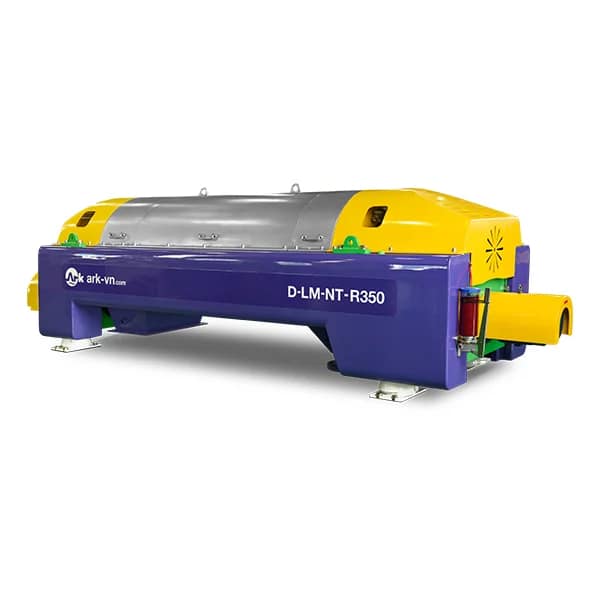

Solutions in Water Environment
for People and Planet


https://www.loud.kr/contest/view/170083
View crowdsourcing contests (designer account required)👆👆👆👆
Hello, this is RK, a dehydrator development company. For those of you who work in the water industry, dehydrator is a common term, but for those who are not, it may be unfamiliar. We are a Korean company with a factory in Vietnam that develops various types of dehydrators, a device for dehydrating sewage and wastewater in the water industry.
Currently, as a carbon reduction project, we are promoting the reduction of decanter centrifuge by combining FRP in addition to stainless steel. It is expected to be a more carbon-reducing project by reducing power and production costs, so we are proceeding with the redesign of the decanter centrifuge.
Futuristic Centrifuge Design, Currently, centrifuges in the global market are not very well designed in the form of a standardized shape. We want a futuristic centrifuge design with flexible curves with FRP new material to break away from the standardized centrifuge design.
Among the overseas decanter centrifuge developers, we focus on designing FRP covers with smooth curves like Andritz.
원심탈수기는 하수-폐수가 유입되면 처리장에서 ‘고형물(진흙/오염물질) + 물’이 혼합된 슬러리로 유입됩니다. 만약, 처리장에서 이것을 처리안하고 그대로 매립지에 옮겨 처리한다면? 운송비와 처리비 모두 증가해 각 시나 지자체에선 일예산이 수십억이 증가하게 됩니다.


The external parts of the decanter centrifuge are organized by the names above.
In a nutshell, casing #3 is opened for maintenance.
The speed control of the 6th main motor and the 5th submotor regulates the internal centrifugal force RPM (rotation speed) to adjust the treatment speed according to the amount of sewage wastewater flowing in.
The demineralized liquid exits through the #8 demineralized liquid outlet, and the watery solids exit through the #10 solids outlet.
Therefore, a dehydration mechanism is essential in wastewater treatment, and the type of dehydrator depends on the nature of the wastewater. Urban sewage wastewater, wastewater from industrial complexes, and wastewater from factories all have different characteristics, so the appropriate type of dehydrator is used.
Among them, we are developing the most advanced and latest technology, decanter centrifuge.

The casing is opened to reveal the internal parts shown above, where the slurry is dewatered through a screw in the centrifugal chamber.
The dehydrators are also huge, with the smallest model weighing 2.5 tons and the largest model weighing 11 tons.
The part we need to design is to convert the cover parts 1,2,3,4,5 to FRP. The curves are based on Andritz products.
Since it is basically made of FRP, curving is flexible. For stainless steel, curving is limited, but you can do it freely and use the
Design to cover the motor parts of #5 and #6. Also, the mainframe of #9 can be lengthened without changing the structure itself.
If you have any other questions, you can ask them in Loudsourcing! We look forward to seeing you there!.